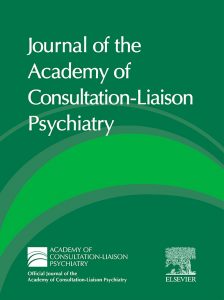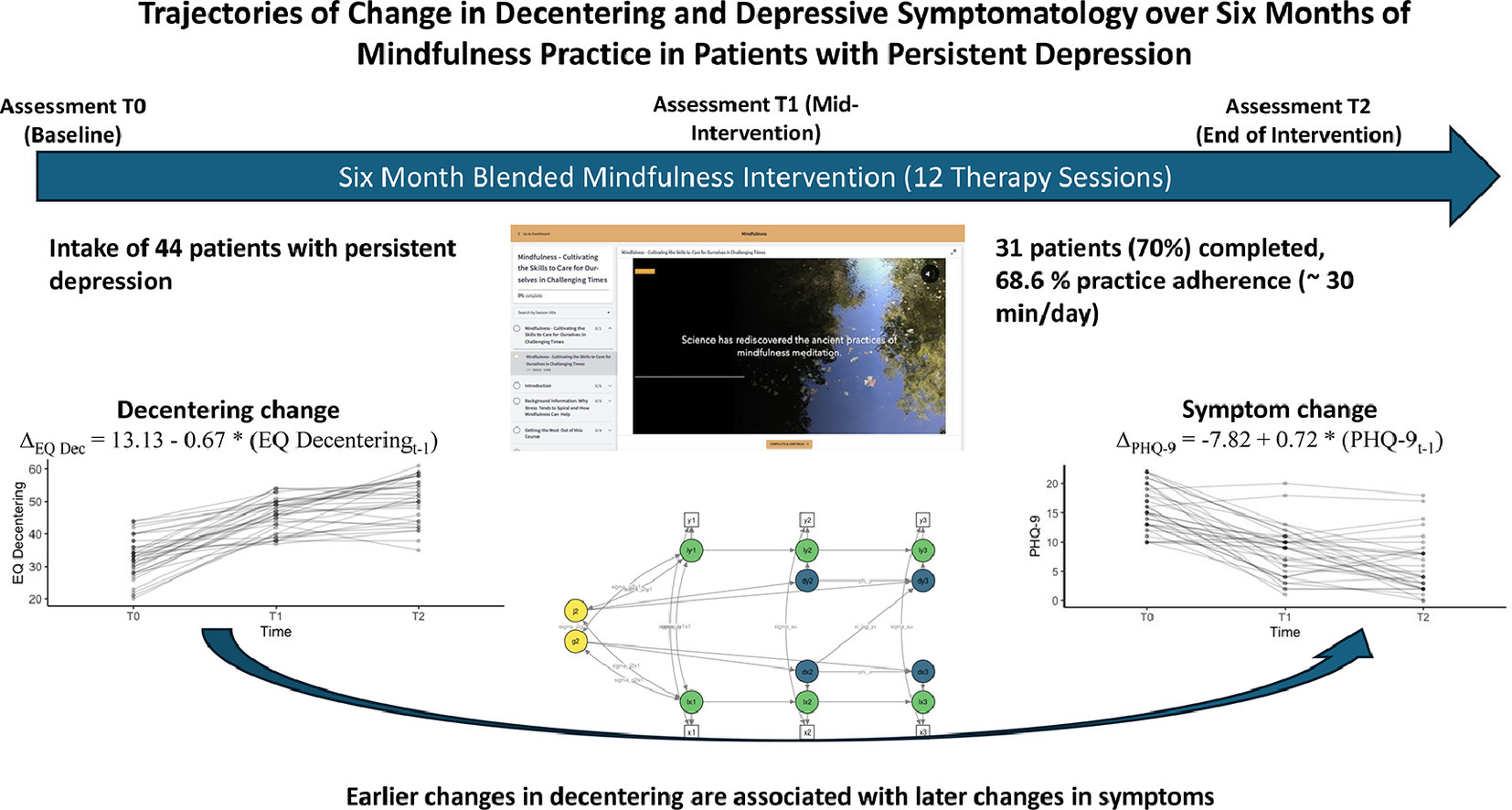Authors: Joseph Franklin, PhD, et al.
Abstract: The authors envisage a modernized infrastructure for clinical research centered around:
- Enabling the collection and rigorous evaluation of multiple data sources for the conduct of clinical trials and other types of clinical research.
- Creating the possibility to reuse health data for multiple purposes.
The potential, they say, is to leverage and streamline data collection, and greatly enhance the value of clinical research evidence generated.
“The ways in which we access, acquire, and use data in clinical trials have evolved very little over time, resulting in a fragmented and inefficient system that limits the amount and quality of evidence that can be generated,” say the authors.
Clinical trial design has advanced steadily over several decades. Yet the infrastructure for clinical trial data collection remains expensive and labor-intensive, and limits the amount of evidence that can be collected to inform whether and how interventions work for different patient populations. Meanwhile, there is increasing demand for evidence from randomized clinical trials to inform regulatory decisions, payment decisions, and clinical care.
“Although substantial public and industry investment in advancing electronic health record interoperability, data standardization, and the technology systems used for data capture have resulted in significant progress on various aspects of data generation, there is now a need to combine the results of these efforts and apply them more directly to the clinical trial data infrastructure.”
Describing their vision for a modernized infrastructure, the authors address the need for multidisciplinary collaboration and suggest ways to measure progress toward this goal.
Clinical trials answer critical questions about the effectiveness and safety of interventions, say the authors. Clinical trial design has advanced steadily over several decades and now includes the use of complex elements, such as master protocols, adaptive platform designs, external control arms, participants in multiple countries, and advanced statistical methods. Yet, the infrastructure for clinical trial data collection has evolved very little. “As technology has changed our interactions with data in modern society, opportunities to improve the infrastructure—meaning the ways we access, acquire, and use data in clinical trials—have become more evident.”
Clinical trial data are typically collected in ‘closed systems’, outside normal health data systems. Accordingly, clinical trials routinely use time- and labor-intensive methods to collect data—creating burdens for both clinicians and patients—when such data may already exist in electronic data records or other real-world sources. Moreover, trials generally lack concurrent data from other sources that may yield important insights into a participant’s health, such as data gathered during activities of daily living or comprehensive patient-reported information beyond what can be collected at site visits. Furthermore, clinical trial data typically only capture a snapshot of a participant’s life, omitting important contextual information about the participant, such as social determinants of health and other factors likely to affect engagement, adherence, and retention. “These limitations…have consequences not only for the number of trials and other studies that can be conducted with available resources but, at least as important, have implications for the validity and generalizability of what is found.”
The authors propose the core elements of a modernized infrastructure that would support clinical trials and other types of clinical studies producing evidence about medical interventions. “We emphasize that the key to meeting the increased demand for new types of clinical evidence is to collect and rigorously evaluate multiple data sources from diverse settings in this modernized infrastructure. This integration will help to shift clinical research from single-use, single-purpose data collection to reusable and multipurpose data collection for the range of studies that may be needed, from randomized clinical trials to observational studies.”
The authors detail their proposals, raise ethical and global issues, and discuss three components required to build a modernized infrastructure:
- Metadata as the core of a reusable, multipurpose data for a modernized infrastructure.
- Rethinking the data elements collected.
- Integrating research and care data systems.
Describing components of a multi-disciplinary taskforce to bring about modernisation, and the challenges they will face, the authors envisage a first step of evaluating and tracking policy alignment of the various stakeholders. Second, progress could be measured through public and private investment and collaboration in projects that allow development and testing of the infrastructure’s core capabilities. Lastly, a concerted effort could be made to track the number and types of research questions or studies that could benefit from reusable, multipurpose data which could help inform strategies for both scaling the infrastructure and determining the most appropriate use cases.
Importance: The authors’ vision for a modernized infrastructure holds the potential to leverage and streamline data collection and greatly enhance the value of clinical research evidence generation. But, as they say: “Challenges abound, and multiple stakeholders will be needed to forge a path forward to achieve this goal.”
Availability: Published by JAMA Network.






